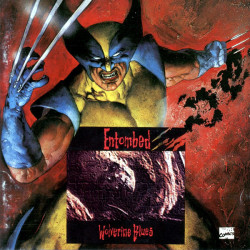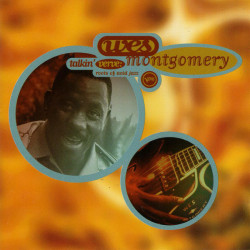You don’t need an introduction to the idea of numerical notation if you are not classically trained on a guitar or piano. There’s tablature and chord numbering systems that work well enough that there’s often no need for a player to learn to read notes on a staff, especially if they stick to standard tunings.
I first learned music in elementary school on the clarinet, which is in Bb. In high school I switched to Alto Sax, which is in Eb. Then I started learning guitar on my own and quit the school band. I messed around with the tunings a lot. I tried taking and advanced music theory class but failed it. I aced the basic test, but I could not name the notes on the piano by ear for my life. Some people in the class had only just started on the piano or guitar and seemed to have no problem. It’s probably a crushing defeat I would not keep going back to mentally if I had since succeeding at something else in life, but here we are.
In the dark and disturbing future we currently live in, “the kids” can get into music without ever learning any real physical instrument. A few years ago, I got into an argument about flats and sharps in different keys. The argument goes that that you don’t really need both flats and sharps; the names of different keys and scales contain the same notes with different names. (For example, you could always use sharps.) If the music only exists in the computer, the names of the notes don’t matter. I figured this could be taken a step farther to eliminate both flats and sharps:
O|1|2|3|4|5|6|7|8|9|10|11|O
This is what I came up with. That is an A chromatic. Each number is a half-step and now it’s perfectly clear what intervals you are dealing with for any scale you make. There’s a slight problem of ‘10’ & ‘11’ taking up two spaces instead of one I haven’t worked out yet, but I’ve also given the notes one syllable names that can be as read quickly as “do-re-mi”, etc. Not quite as nice sounding, but less relative:
- O – A —— (“oh”)
- 1 – A#/Bb — (“wun”)
- 2 – B —— (“tu”)
- 3 – C —— (“tri”)
- 4 – C#/Db — (“for”)
- 5 – D —— (“fiv”)
- 6 – D#/Eb — (“sik”)
- 7 – E —— (“sev”)
- 8 – F —— (“eht”)
- 9 – F#/Gb — (“nin”)
- 10 – G —— (“ten”)
- 11 – G#/Ab — (“lev”)
It’s also less relative in that it’s strictly nailed to A440 and equal temperament. This is simply because it’s most widely used. But because it’s numbers, any variation can be expressed in decimals. A44x for example would be O.x, and A415—A3xx would be 11.x (you’d have to figure out the exact math). This is not practical at all for sight reading in most cases of course, but it gives the note a definite value that can be applied to any octave or transposition. It also accurately names microtones, with quartertones being named ‘x.5’, which could get confusing if you use a lot of them, like if you’ve got a piano tuned to quartertones, but you probably don’t.
These are all things I can explain more later.
%






Recent Comments